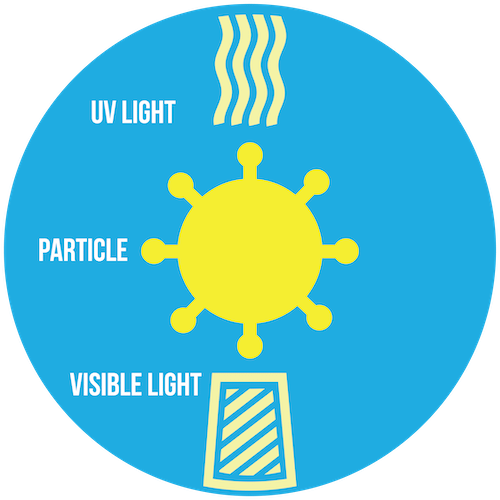Science to Prove it.
University studied and tested by professionals.
InstaScope is the first to reference an optical “signature” library for the characterization of airborne biology. This library currently references a catalogue of mold spores, virus/bacteria, and fungi.






